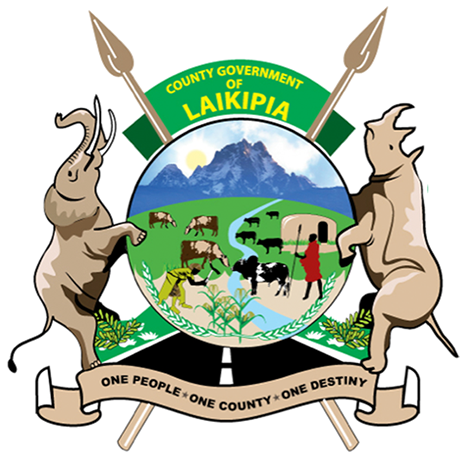Kilifi County Learns From Laikipia On Community Land Registration
The County Government of Laikipia has continued attracting other devolved units to learn on various matters concerning governance, even at the department levels.
Last week, a delegation from the County Government of Kilifi paid a courtesy call to the Department of Roads, Public Works, Lands, and Energy in Laikipia for a two-day benchmarking exercise on transitioning from group ranches to community lands.
Led by the CO Lands, Dr. James Nguzo the team stated that the visit was to learn from Laikipia as it has established itself as a model in terms of experience and successful transitioning and learning about the process. The group ranches in Kilifi County are not yet registered as community land, hence the need to learn from Laikipia that has made it a reality.
The land registrar took the participants through the steps involved in the registration of community land and all relevant legislation guiding it.
This transitioning was in light of Kenya's communal land ownership and pastoralist livelihoods not being easily addressable by individual tenure mechanisms. Kenya's Vision 2030 calls for devolved land tenure governance as a driver to dignified livelihoods for all by 2030. Furthermore, the 2016 Community Land Act (CLA) mandates for community land to be registered, administered, and managed by the communities themselves.
In summary the steps involved include:
- Registration of a community,
- Notice to the community land registrar,
- Notice and invitation to public meeting(public participation),
- Proceedings / minutes of the public meeting,
- Election of members of the community land management committee (CLMC) and requisite qualifications for election as a member, term, replacement and functions and powers of the same,
- Issuance of certificate of registration and effects of registration.
John Mepukori shared the experience gained from the 13 group ranches which had been registered as community land which were in tandem with the above guidelines. He said the communities were organized and that even women and new members were accommodated.
An experience sharing session from respective representatives from Musul and Makurian group ranches also deepened the conversation, and later a visit to Makurian community land for a practical feel on the ground. Thereafter the team left for Ol Pajeta conservancy for experience on different management regimes, that is, a community land vis a vis a private ranch.
The team also experienced a feeling of how Laikipia uses GIS for mapping and as a decision support tool for planning and subsequent transitioning.
